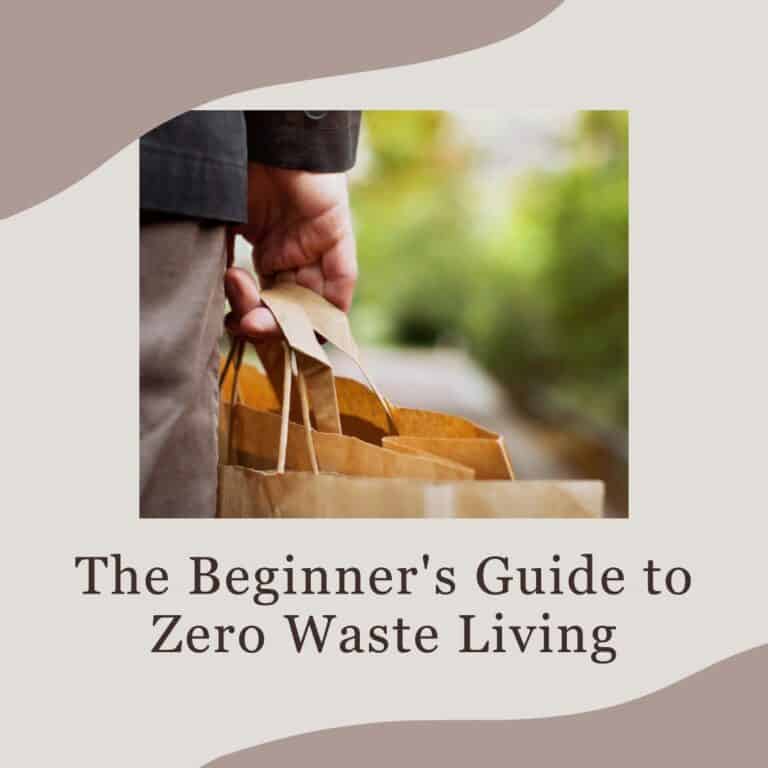As a parent, I’ve always been keenly aware of the impact our lifestyle choices have on the planet. That’s why I’ve been exploring ways to guide my children towards making zero-waste purchases—a journey filled with learning, creativity, and sometimes, a bit of challenge.
From rummaging through thrift stores to setting up a clever allowance system, I’ve discovered numerous ways to embed sustainable practices into our daily lives.
In this article, I’m excited to share these insights with you, hoping to inspire and empower your family to join us in this meaningful pursuit of a healthier planet for our children’s future.
How to Encourage Your Children to Make Zero Waste Purchases

Right, are you ready to dig in and learn some ways you can encourage your children to make zero waste purchases?
Exploring Second-Hand Stores and Garage Sales
My family’s adventures in second-hand stores and garage sales have been eye-opening. Initially, I was skeptical about the quality of items we’d find, but to my surprise, we’ve discovered treasures amidst the so-called ‘junk’.
Each visit turns into a treasure hunt, teaching my kids the value of reusing and repurposing. It’s a practical lesson in sustainability, showing them how one person’s discard can be another’s gem. The joy in their eyes when they find something they love, knowing it has a story and a past, is irreplaceable.
This practice not only saves money but also instills a deep respect for resources and the environment in my children.
Allowance and Spending Discussions
Implementing an allowance system for my kids has been a game-changer. It’s more than just about managing money; it’s a valuable lesson in decision-making and understanding the consequences of their choices.
We discuss each purchase, weighing its long-term value versus immediate gratification. This approach has sparked some great conversations about needs versus wants and the impact of consumerism on the environment.
It’s heartwarming to see them ponder over a purchase, considering its usefulness and necessity. This method is nurturing a sense of responsibility and a deeper understanding of zero-waste living in my children, which I hope they carry into adulthood.
Percentage System for Savings and Spending
Adopting a percentage system for my children’s savings and spending has been a constructive way to teach them about financial responsibility and the importance of planning.
We divide their allowance into immediate spending, savings, and long-term goals. This system encourages them to think ahead and save for something more substantial that they truly desire, rather than impulse buying.
It’s a practical application of delayed gratification, a skill that’s invaluable in today’s instant gratification world. Watching them save for a coveted item and their pride in finally acquiring it is deeply rewarding. It’s a tangible way for them to learn about budgeting, saving, and valuing their possessions.
Focusing on Thrifted or Used Books

Encouraging my children to focus on thrifted or used books has been quite a journey. It’s not just about finding a good read; it’s about appreciating the life and journey of each book.
We frequent local thrift stores and library sales, where my kids learn to value the stories these books hold beyond their pages. This practice has also opened up discussions about sustainability and the importance of reusing resources.
Watching my children get excited about a pre-loved book, understanding that they’re contributing to a cycle of sharing and caring, fills me with hope. It’s a simple yet powerful way to nurture a love for reading while being mindful of our environmental impact.
Implementing a Wishlist and Quality Over Quantity
Adopting a wishlist system in our household has transformed how my children view purchases.
Instead of impulse buying, they add items they desire to a wishlist. We revisit this list periodically, discussing each item’s value and utility. This process teaches them to differentiate between fleeting desires and genuine needs.
It’s awesome to see them make thoughtful decisions, often realizing that what they wanted initially might not be what they truly need or want. This approach has not only curbed unnecessary spending but also instilled a sense of appreciation for quality over quantity.
It’s a valuable lesson in making mindful choices and understanding the lasting satisfaction that comes from investing in fewer, better-quality items.
Monthly Clean-Outs to Teach About the Lifecycle of Items
In our home, monthly clean-outs have become a cherished ritual to teach our children about the lifecycle of items. Together, we sort through toys and clothes, deciding what has outgrown its use. It’s a practical way to show them the impermanence of material things and the importance of letting go.
The kids learn to appreciate what they have and understand that their unused items can bring joy to others. This exercise also instills a sense of organization and responsibility towards their belongings. Witnessing their growth in understanding and empathy, as they thoughtfully choose items to pass on, is deeply gratifying.
It’s more than decluttering; it’s a lesson in mindful living and compassion.
Small Allowances and Charity Shop Visits
Setting up a small allowance system has been a powerful tool in teaching my children the value of money and conscious spending. It encourages them to think critically about their purchases.
Our visits to charity shops add another layer to this lesson. These outings are not just shopping trips; they are our little adventurous missions where each item tells a story. The children learn to hunt for treasures and appreciate the uniqueness of second-hand items.
I love seeing them understand the value of money and the joy of discovering something special in a charity shop. These experiences are shaping their perspective on consumption, teaching them to find beauty and value in what already exists.

I’m Thomas, the owner of SustainableWave. Passionately promoting a sustainable planet. With experience in various eco-roles, I’ll share green tips, sustainability hacks, and personal eco-journeys on my blog.






